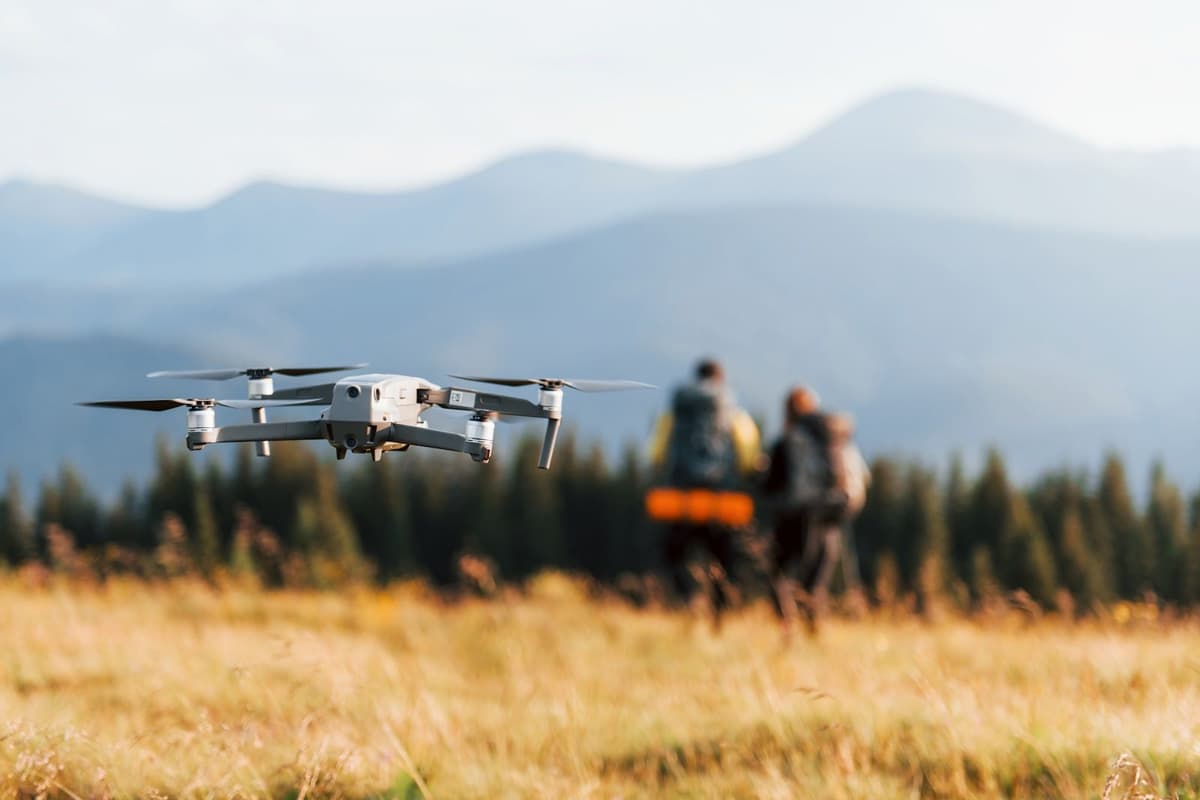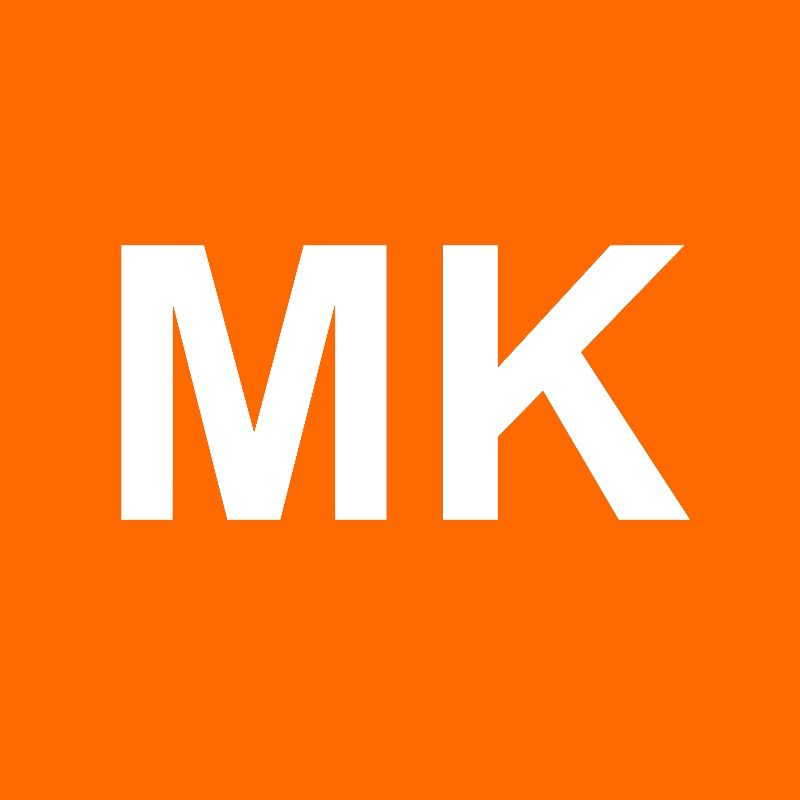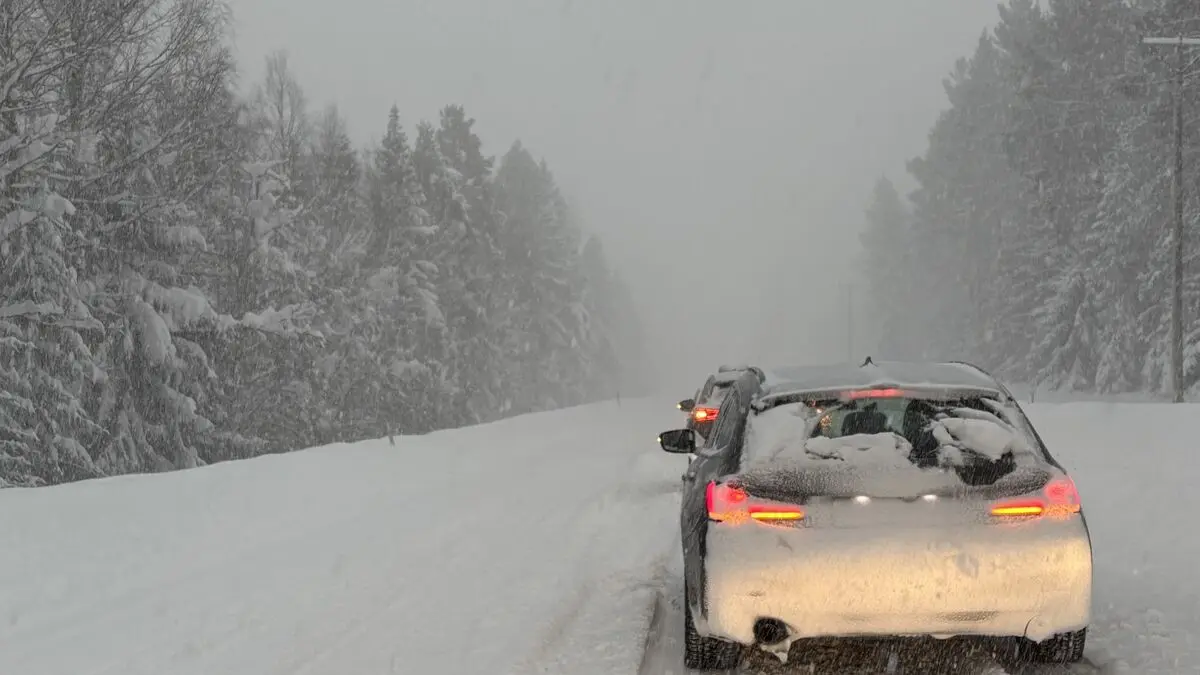Flying a drone in Sweden is regulated with focus on safety and integrity. Flying with drones are divided into three main categories, and the remote pilot must have the right certification (theory test). There are exceptions for light drones and toy drones weighing under 250 grams. Remote pilots must know where it's allowed to fly, especially over special areas like military zones and protected objects. [1]
The Most Common Drone Pilot
The open category is drone flights that pose low risk to the surroundings and is the category most hobby drone pilots fall under. Depending on the risk level, the open category is divided into three subcategories: A1, A2, A3, with different competence requirements.
Different Certificates and Categories
- Open Category: A drone license is required, and this is the category most hobby flyers belong to. Subcategories A1 and A3 cover simpler flights near people, while A2 applies to flights closer to people with heavier drones.
- Specific Category: If the flight poses higher risk or takes place in more sensitive areas, a competence certificate is required. This certificate is obtained after more extensive education and risk assessment.
- Certified Category: For even more advanced flights that pose greater risks, the remote pilot must have a remote pilot certificate. [2]
Drone Map Created by LFV, this interactive map helps remote pilots see where they can fly their drones without disturbing air traffic and fly safely. Link to the drone map.
Play it safe and remember these rules before you take control of a drone.






